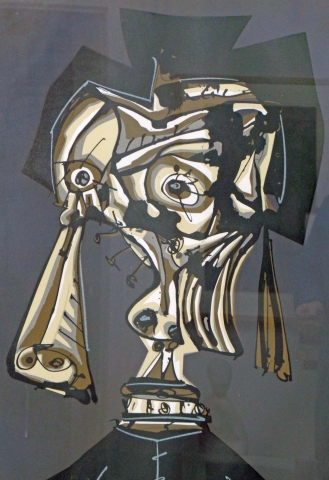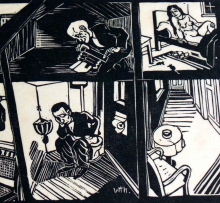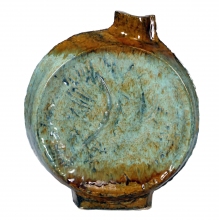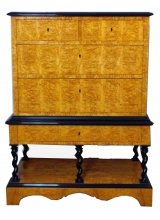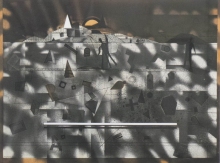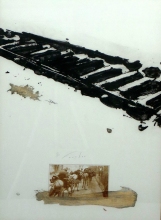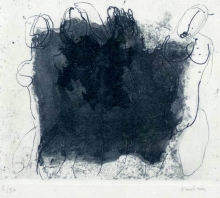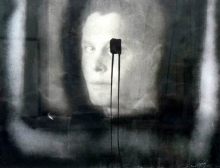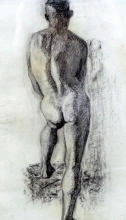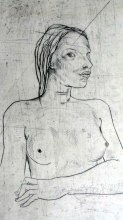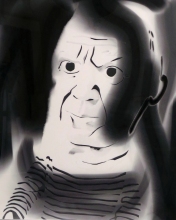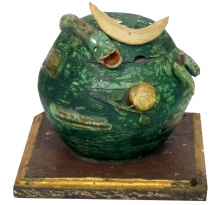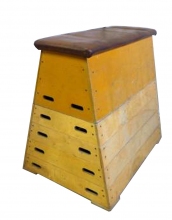"Dora Mar" by Antonio Saura. Excellent Condition archivally matted and framed. (25 1/2in x 18 1/2in image, 33in x 27in frame) Antonio Saura (September 22, 1930, Huesca – July 22, 1998, Cuenca) was a Spanish artist and writer, one of the major post-war painters to emerge in Spain in the fifties whose work has marked several generations of artists and whose critical voice is often remembered. He claimed Hans Arp and Yves Tanguy as his artistic influences.
He stayed in Paris in 1952 and in 1954–1955 during which he met Benjamin Péret and associated with the Surrealists, although he soon parted with the group.
The first appearances in his work of forms that will soon become archetypes of the female body or the human figure occur in the mid-1950s. Starting in 1956 Saura tackled the register of what will prove to be his greatest works: women, nudes, self-portraits, shrouds and crucifixions, which he painted on both canvas and paper.
During the 1950s he had his first solo exhibition at the Rodolphe Stadler Gallery in Paris, where he regularly exhibited throughout his life. Stadler introduced him to Otto van de Loo in Munich and Pierre Matisse in New York City, both of whom exhibited his work and represented him, and eventually his paintings were collected by major museums.
Limiting his palette to blacks, greys and browns, Saura asserted a personal style that was independent of the movements and trends of his generation. His work followed in the tradition of Velasquez and Goya. Starting in 1959 he began creating a prolific body of works in print, illustrating numerous books including Cervantes’s Don Quijote, Orwell’s Nineteen Eighty-Four, Nöstlinger’s adaptation of Pinocchio, Kafka’s Tagebücher, Quevedo’s Three Visions, and many others.
In 1960 Saura began creating sculptures made of welded metal elements which represented the human figure, characters and crucifixions. In 1967 he settled permanently in Paris, and joined the opposition to the Franco dictatorship. His works hang in an impressive array of the finest museums in the world. Died 1998


